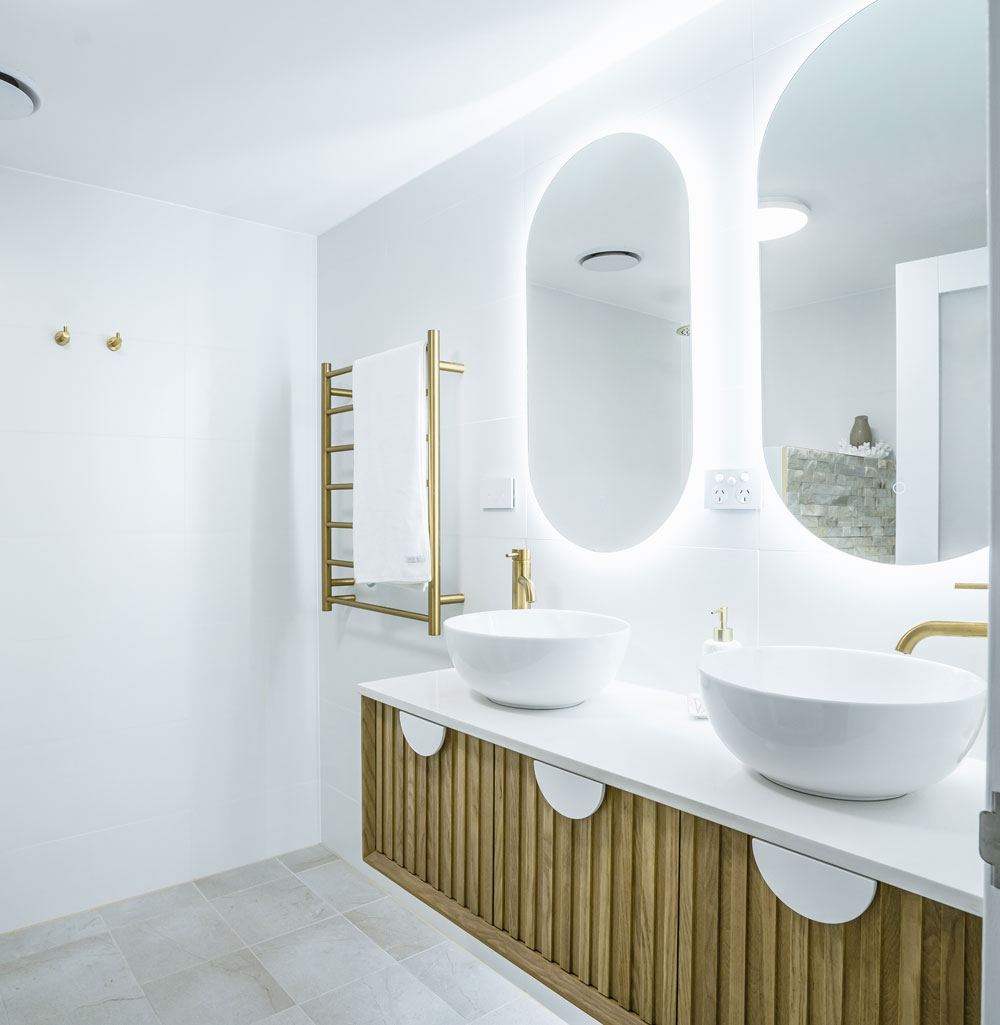Drain Unblocking: Some Options for You
Recent studies on infrastructure have highlighted the rising costs, risks to the environment and public health, and general deterioration of sewage systems. Since the development of sewage systems in the nineteenth century, sewers have been constructed using a variety of technologies and standards. Since sewer assets have a finite lifespan, it's critical to regularly check on them to prevent catastrophic failure and costly emergency repairs brought on by deterioration.
The Right Part
The first part of this study gives an overview of the many inspection methods that may be used to collect information on the state and problems with sewers. It seems that a visual inspection using tools like closed-circuit television CCTV Drain Survey equipment and zoom cameras is the industry standard for sewage inspection. It offers a visual representation of the inside of the pipe in the form of still or moving images. The inspection technician will often manually code mistakes following established criteria for defect coding.
The previous classification techniques created to automatically scan visual CCTV inspection footage and assess sewer conditions will be the main topic of the second portion of this session. These techniques help improve asset management procedures by streamlining the vast volumes of visual inspection data obtained by CCTV drain survey inspection. The common objective of all of these strategies is to assist local governments in defining restoration schemes and prioritising critical repairs. They don't claim to be able to fill the role of a regional expert, but they may guide someone in determining which aspects of rehabilitation are most important. As you choose the drain blocked Sydney services you can be sure that the services offer the state of art with the help of the most updated tech.
Each approach either generates a score for the overall condition of each sewer section or a set of scores for particular needs and dysfunctions (such as structural and operational problems). Priority-based and substance-based approaches stand out as the two primary schools of thought after examining the numerous techniques that might be used. Priority-based sewer condition grading assigns repair priorities depending on the severity, quantity, and duration of faults.
Structural Grades
The grade of a structure indicates the severity of its condition and the urgency with which corrective activities must be taken due to the high possibility of failure or collapse. Your ultimate grade will rely on how far the sewer is extended if you're employing a substance-based strategy for sewer repair. Instead of evaluating the condition of the sewers, substance-based methodologies are used to prioritise the pipes in the sewage system depending on the quantity and kind of rehabilitation that is required, such as rebuilding, replacement, and repair.
The Final Results
It is exceedingly dangerous to compare final results generated from multiple approaches due to the fact that they each aggregate and integrate sewage faults in very different ways. These cities can't compare network performance across jurisdictions because they utilise different assessment techniques. In conclusion, it is still crucial to have accurate results from the categorization process so that inspection data may be used to back up asset management strategies. The blocked stormwater drain Sydney service is essential here.
Conclusion
Most towns have spent money in the previous 30 years on expanding their sewage lines and modernising their treatment facilities, but only a fraction of that sum has gone into improving the quality of the sewer systems themselves. Municipal tax increases and user fee hikes are both on the table as potential sources of the funds needed to repair the current sewage infrastructure crisis. Other actions will centre on the development of efficient rehabilitation plans and the optimisation of inspection and maintenance schedules in an effort to lower overall costs.






Comments
Post a Comment